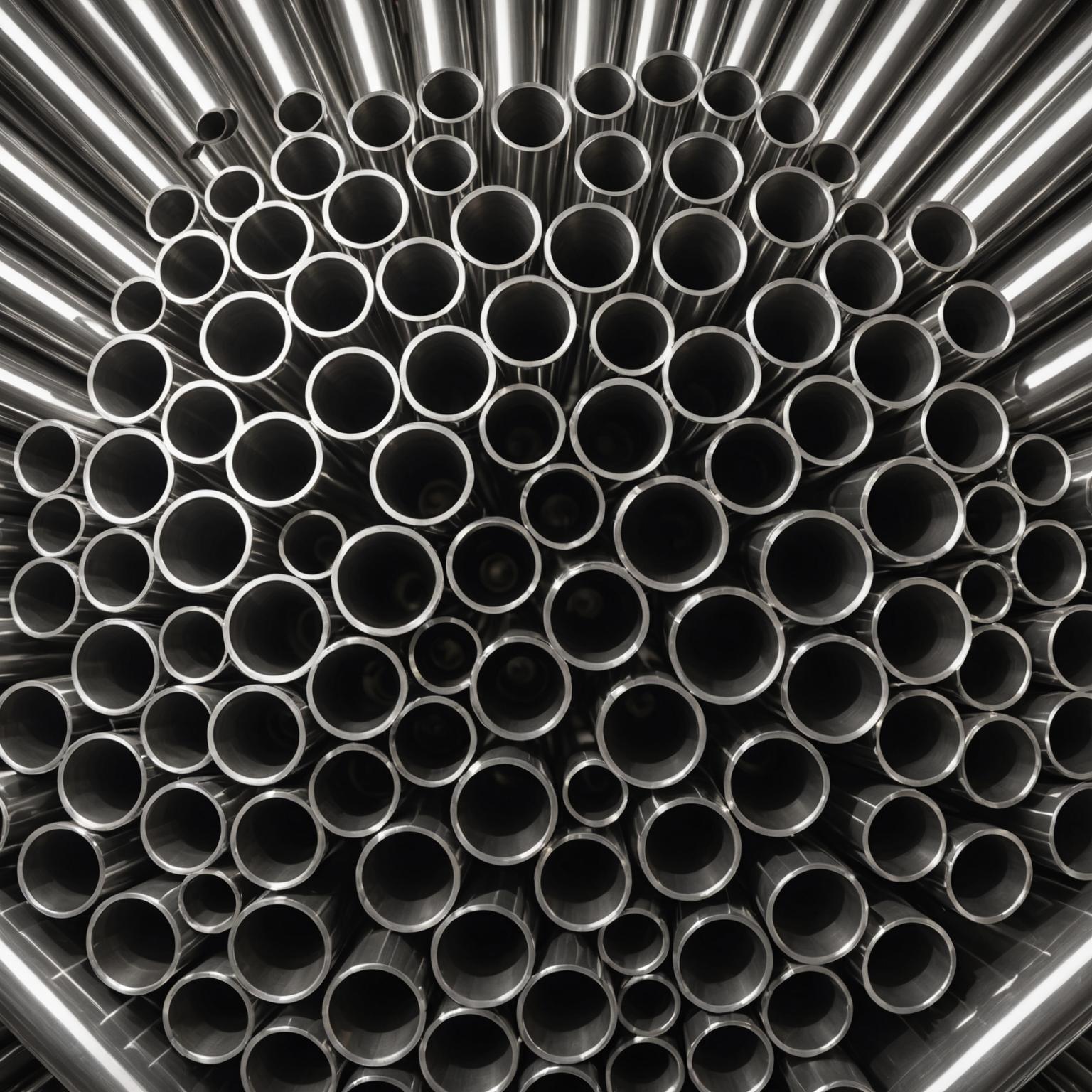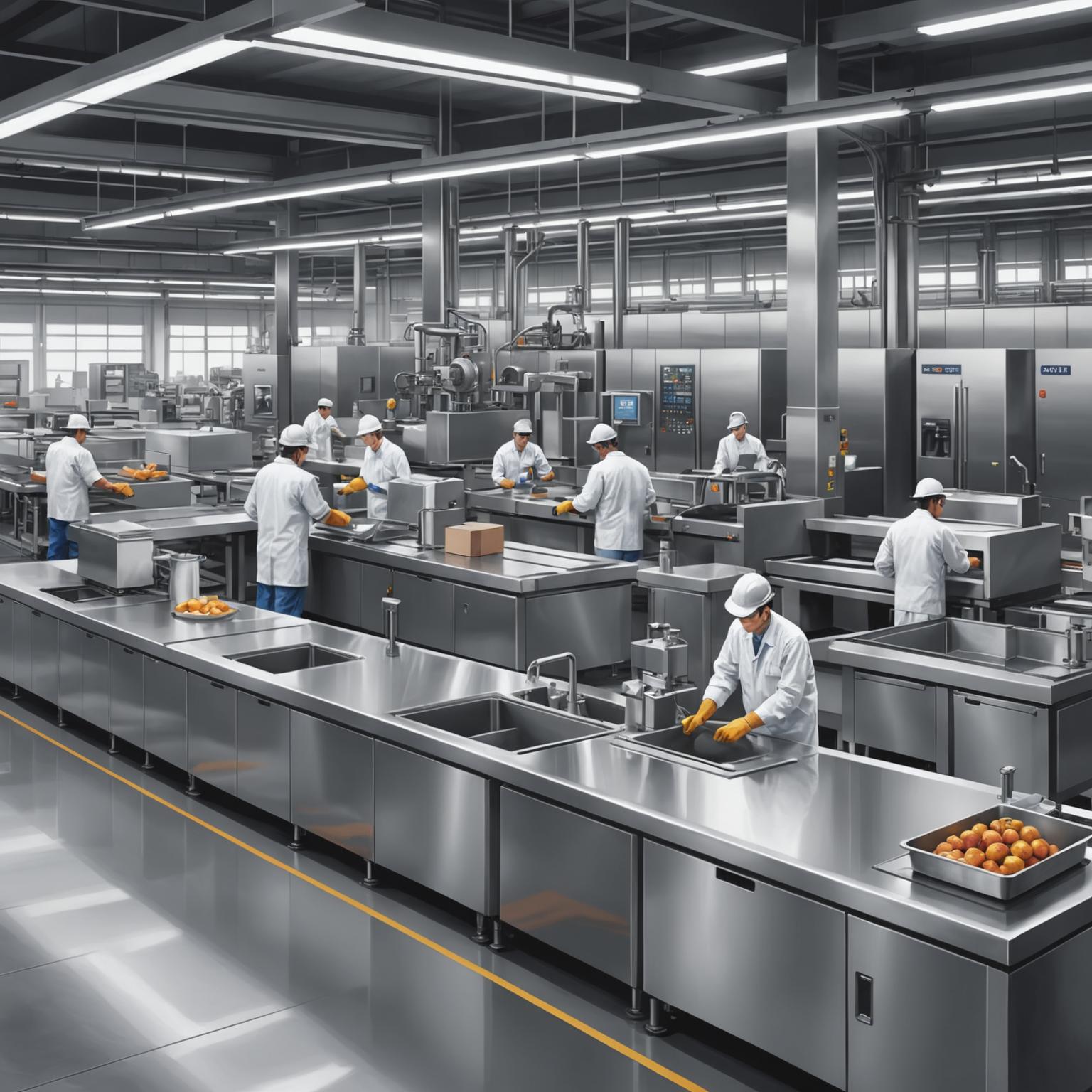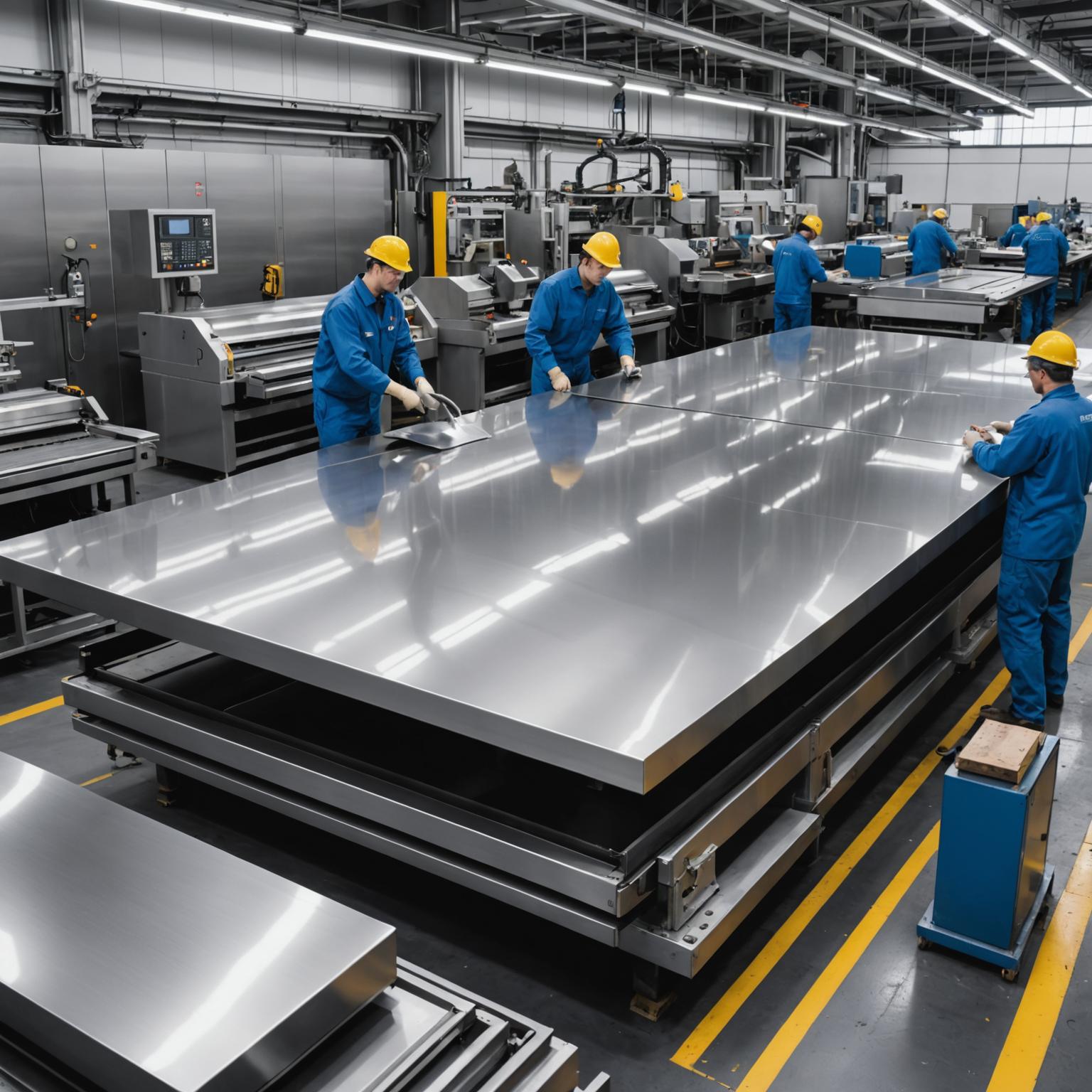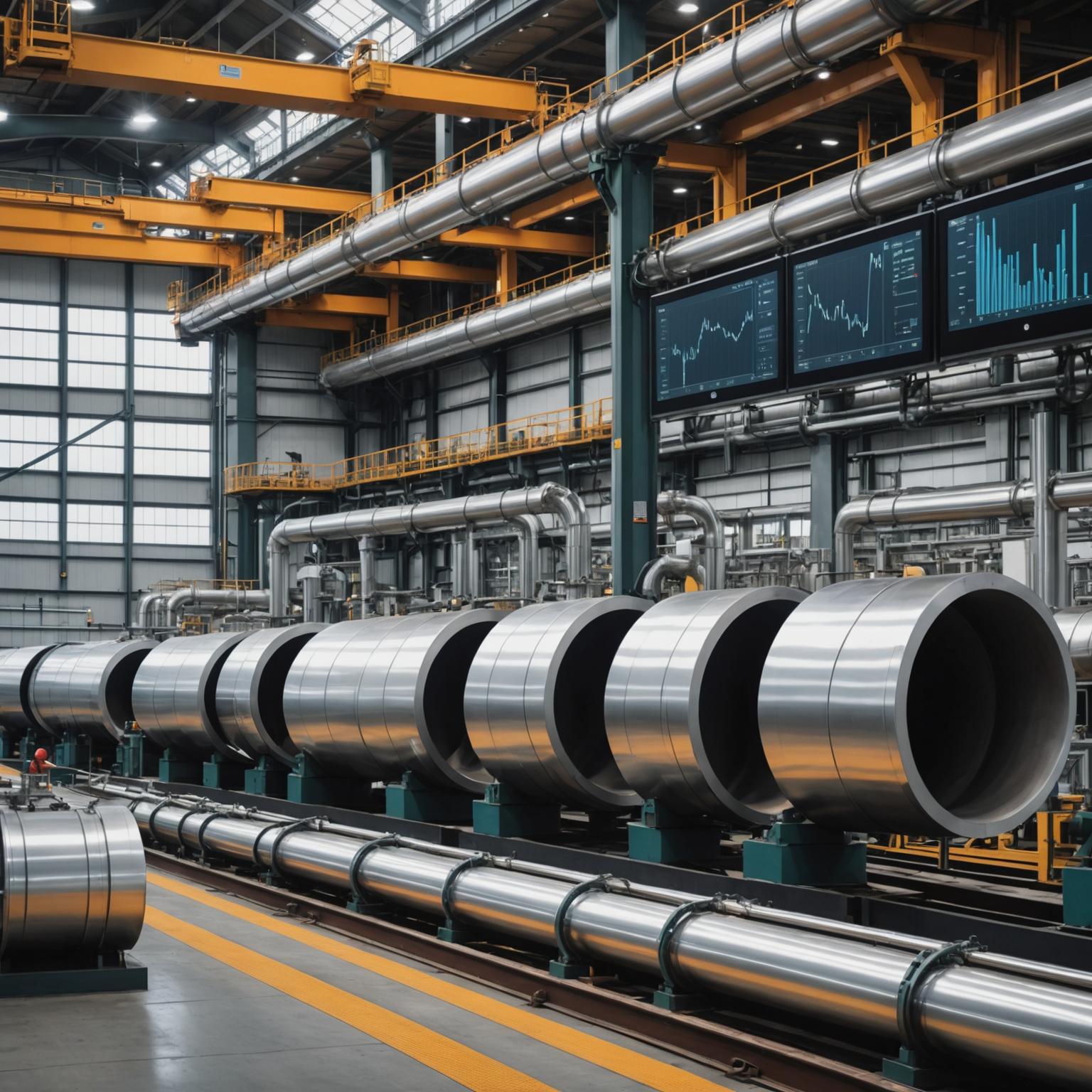Understand the difference: 316 vs 316L stainless steel

When choosing stainless steel pipes for industrial or architectural applications, it is crucial to understand the subtle but crucial differences between alloys. The most popular choices are 316 and 316L stainless steel. Although both belong to the same family, their unique characteristics can have a significant impact on performance. Choosing the wrong one for a project can lead to less optimal results, so it is crucial to know these differences.
The main difference between 316 and 316L is the carbon content. The "L" in 316 liters stands for "low carbon", which means the alloy has a lower carbon compared to the standard 316 stainless steel. This small but crucial change can affect the material's solderability, corrosion resistance and overall durability. Despite this difference, both types maintain the basic properties that make them popular: significant durability, ability to withstand high temperatures, and excellent resistance to corrosion.
Whether you are designing cutting-edge furniture, building plumbing, or engaging in architectural innovation, knowing about stainless steel that suits your specific needs ensures flawless functional and aesthetic appeal. The core of your decision should be the environmental conditions and structural requirements of the project, which can greatly affect the long-term performance of stainless steel pipes.
Corrosion resistance: decisive factors
Corrosion resistance is one of the outstanding features of stainless steel (thanks to the chromium content), but even here, there are differences between 316 and 316L. Two stainless steel grades perform well in corrosive environments. Due to its molybdenum content, the 316 family provides special protection against spots and crevice corrosion, making it ideal for use in environments exposed to seawater, salt sprays or chemicals. However, when welding or manufacturing large-scale designs, the 316L is considered slightly taller.
The lower carbon content in 316L minimizes carbon precipitation during welding. This ensures that the alloy maintains consistent corrosion resistance, even on welded joints where other types of stainless steel may show weakness. Therefore, the use of 316L stainless steel pipes provides additional reliability and life for more complex applications such as water treatment plants, pharmaceutical facilities or industrial pipelines.
Without concerning welding, standard 316 stainless steel has nearly the same corrosion resistance, helping it to become popular in construction, automotive components and even medical equipment. As always, the environment plays a key role in material selection - 316 may be enough to accommodate dry applications, while 316 liters will flourish in an environment of inevitable moisture or chemicals.
Applications that benefit from high-quality stainless steel pipes
No matter if you choose 316 liter stainless steel, the two-stage oil pipes offer unparalleled flexibility and performance in a variety of industries. Take the latest innovations in high-quality stainless steel oil pipes as an example. These test tubes are designed to provide strength and modern appeal, setting new benchmarks for functionality and design.
For heavy industrial mechanisms or pipes, the durability of 316 stainless steel makes it an obvious choice. Its resistance to rust and high pressure performance ensures that it can be maintained even under extreme conditions. Similarly, 316-liter stainless steel pipes find their niche in projects or facilities that require detailed welding work, including the aerospace and automotive industries. These tubes ensure seamless performance and have enhanced corrosion resistance at critical joints.
The beauty of stainless steel is not limited to its practicality. Our high-quality stainless steel pipes will make contemporary architectural design complex, both in stairs and railings. Their polished mirror-like finishes provide an industrial and luxurious feel, allowing them to double as functional and decorative elements. Furthermore, due to their smooth interior, these tubes perform well in fluid dynamics, making them ideal for applications in hydraulic and pneumatic systems.
Environmental Responsibility and Long-term Value
In addition to aesthetics and functions, there is an increasing emphasis on the sustainability of manufacturing. Our stainless steel pipes, whether they are 316 liters or 316 liters, are made of recyclable materials to ensure they are consistent with environmentally conscious practices. This makes them not only an investment in performance, but also a choice for a green future.
In addition, stainless steel pipes provide excellent life. Projects that include advanced grade 316 or 316L stainless steel require fewer replacements and maintenance over time, reducing costs and environmental impact. By choosing the right alloy for the job, architects, engineers and manufacturers can ensure that their projects are built to withstand the test of time.
Conclusion: Select 316 to 316 liters of stainless steel
Choose between 316 and 316L stainless steel pipes ultimately depends on the requirements of your specific project. 316 stainless steel is functional in many industrial and architectural applications, with durability and corrosion resistance. However, if your project involves welding or will be exposed to particularly harsh environments, 316L stainless steel provides additional protection against corrosion due to its low carbon content.
With our premium stainless steel pipes (316 liters and 316 liters), you can access state-of-the-art materials with outstanding performance, versatility and design. Whether it is structural reliability or modern aesthetics, these test tubes redefine what stainless steel can achieve in today's industrial and architectural landscapes. Robust, sustainable and stylish – These stainless steel pipes are just as adaptable as the people and minds they support.








